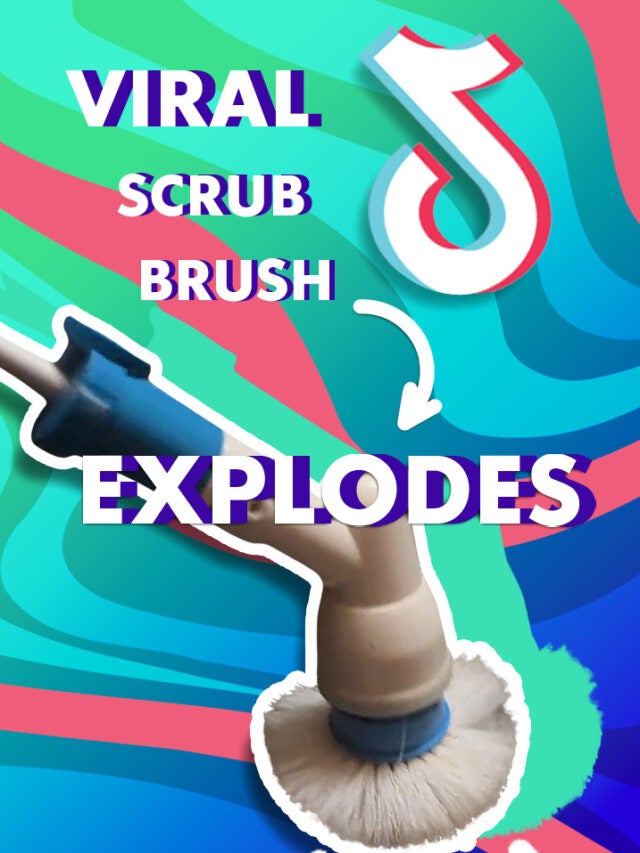Let’s face it: nobody enjoys the sight of unsightly scratches marring their pristine patio, driveway, or deck. And the culprit is often our own well-intentioned efforts to clean these surfaces using an outdoor brush. But fear not, because with a little knowledge and the right technique, you can avoid this common cleaning conundrum. This comprehensive guide will walk you through everything you need to know to keep your surfaces scratch-free, whether you’re tackling stubborn grime or just doing some routine maintenance.
Understanding the Scratches: Material Matters

Before we delve into cleaning techniques, let’s understand why scratches happen. Different surfaces have varying levels of hardness and susceptibility to damage. For instance, soft materials like wood (especially pressure-treated lumber) and painted surfaces are significantly more prone to scratching than harder materials like concrete or brick. Even seemingly tough materials like stone can be scratched by aggressive brushing or the presence of grit in your brush bristles.
Knowing your surface material is the first step towards preventing scratches. A gentle approach is crucial for softer materials, while a more vigorous scrub might be acceptable (though still careful) for harder, more durable ones.
Choosing the Right Brush: Bristles and Beyond

The type of brush you use significantly impacts the likelihood of scratches. Hard, stiff bristles, while effective at removing stubborn dirt, are much more likely to cause damage. For delicate surfaces, opt for brushes with softer bristles made from natural materials like boar hair or synthetic fibers designed for gentle cleaning. These softer bristles still provide cleaning power but minimize the risk of scratching.
Consider the brush’s overall design. A brush with a wide, flat head can be more efficient for larger surfaces, but it requires more control to prevent accidental scratches from excessive pressure. Smaller, more maneuverable brushes might be better suited for intricate designs or smaller, more vulnerable areas.
Preparation is Key: The Pre-Clean Ritual

Often, the biggest contributor to scratches isn’t the brush itself, but rather the presence of grit, sand, or small debris trapped between the bristles or on the surface being cleaned. Before even touching the brush to the surface, take the time to remove loose dirt. A pre-rinse with a hose or pressure washer (using a low-pressure setting for delicate materials) is highly recommended. This significantly reduces the abrasive action of the brush on the surface.
Sweep or blow away loose debris before you start brushing. This simple step removes a significant source of potential scratching. Consider using a leaf blower or broom to remove loose dirt and dust, ensuring a much cleaner start to your cleaning process.
Technique: The Gentle Art of Brushing
The way you use your brush is just as important as the brush itself. Avoid applying excessive pressure. Instead of scrubbing vigorously, use a gentle back-and-forth motion with light pressure. Overlapping your strokes ensures complete coverage without concentrating pressure in one spot and causing damage.
Focus on using the entire surface area of the brush. Avoid focusing on single points, as this can lead to excessive pressure and scratching. Keep your strokes smooth and even, maintaining consistent pressure throughout the cleaning process.
Post-Cleaning Care: Rinse and Repeat (with Care)
Once you’ve finished brushing, thoroughly rinse the surface to remove all traces of dirt and debris loosened by the brush. For porous materials, a final rinse will remove any dirt left within the material itself. This prevents the dirt from drying and potentially causing further scratches from subsequent cleaning attempts. Allow the surface to air dry completely to prevent water spots.
Addressing Stubborn Stains: Smart Strategies

Dealing with stubborn stains often requires a bit more effort, but this doesn’t mean you need to resort to aggressive scrubbing. For difficult stains, consider pre-treating them with a suitable cleaning solution and letting it sit for a few minutes before brushing. This allows the solution to soften the stain, making it easier to remove with gentle brushing.
Alternatively, explore specialized cleaning tools designed for specific materials and stains. These specialized tools can offer more targeted solutions to remove stubborn dirt while minimizing the risk of scratching.
Conclusion: Scratch-Free Cleaning is Achievable
Cleaning your outdoor surfaces doesn’t have to be a high-stakes gamble resulting in scratched surfaces. By following these tips – choosing the right brush, preparing the surface adequately, and using proper technique – you can achieve a sparkling clean without compromising the beauty of your outdoor spaces. Remember, patience and a gentle touch often yield the best results.
Remember, if you’re unsure about the best cleaning method for a specific surface, it’s always best to test a small, inconspicuous area first before tackling the whole surface.




